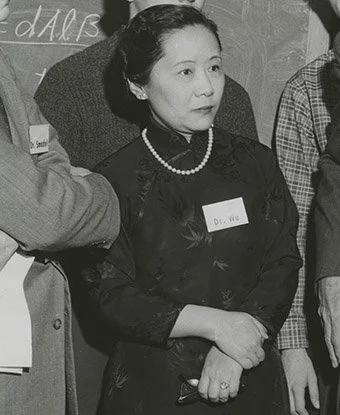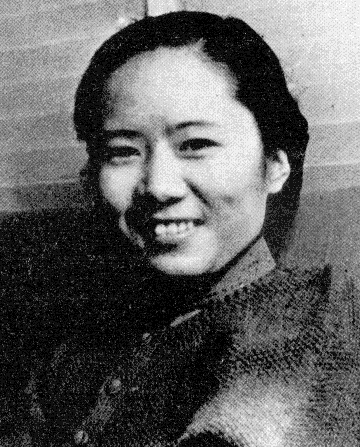STEM Role Model Spotlight: Dr. Chien-Shiung Wu — The Woman Who Changed Physics
When we think of groundbreaking discoveries in physics, names like Einstein, Feynman, or Bohr often come to mind. Yet behind one of the most pivotal experiments of the 20th century stood Dr. Chien-Shiung Wu, a brilliant Chinese-American physicist whose work challenged one of science’s most sacred assumptions and forever changed our understanding of the universe.
At Kente Academy, we honor innovators like Dr. Wu, whose perseverance, intellect, and courage embody the essence of STEM education: curiosity fueled by determination and a relentless pursuit of truth.
Early Life: A Foundation Built on Curiosity
Dr. Chien-Shiung Wu was born in 1912 in Liuhe, a small town near Shanghai, China. Her father, a revolutionary and educator, founded a school that educated both boys and girls, a radical idea at the time. Encouraged to think independently, Wu developed a deep love for science and mathematics from an early age.
After earning her physics degree from National Central University in China, Wu moved to the United States in 1936 to pursue graduate studies at the University of California, Berkeley, where she studied under Ernest Lawrence, the inventor of the cyclotron. Despite her extraordinary talent, she faced barriers common to women and immigrants in science. Yet her determination, meticulous approach to experimentation, and groundbreaking work soon earned her the nickname “The First Lady of Physics.”
The Experiment That Shook Physics
By the 1950s, physicists believed in a principle known as the Law of Conservation of Parity. It stated that the laws of physics were identical for left-handed and right-handed systems, meaning that nature did not distinguish between mirror images.
Two theoretical physicists, Tsung-Dao Lee and Chen-Ning Yang, proposed that parity might not hold true in certain weak nuclear interactions. To test their theory, they needed an experimental physicist of extraordinary precision.
That physicist was Dr. Wu.
Using radioactive cobalt-60, she designed and conducted a delicate and complex experiment at extremely low temperatures. Her findings shocked the scientific community: parity is not conserved in weak interactions. Nature, in fact, distinguishes between left and right.
This discovery overturned a fundamental assumption in physics and permanently reshaped the field. Lee and Yang went on to win the 1957 Nobel Prize in Physics for the theory, but Dr. Wu’s critical experimental work was not recognized by the committee.
Legacy Beyond Recognition
Though she was excluded from the Nobel Prize, Dr. Wu’s impact on science and education is undeniable. Her achievements earned her numerous honors later in life, including the National Medal of Science in 1975 and the Wolf Prize in Physics in 1978.
Beyond her scientific accomplishments, she became a passionate advocate for women in STEM, famously asking:
“I wonder whether the tiny atoms and nuclei, or the mathematical symbols, have preferences for either masculine or feminine treatment?”
Her question still resonates today. Dr. Wu’s career is not only a story of groundbreaking discovery but also a testament to resilience in the face of exclusion, reminding us that true innovation recognizes no gender or boundary.
Lessons for Today’s STEM Learners
Dr. Wu’s story perfectly reflects Kente Academy’s mission to empower every student to pursue excellence through curiosity, confidence, and critical thinking.
From her journey, students can learn that:
Precision and persistence are the backbone of discovery.
Challenging assumptions drives scientific progress.
Equity in education opens doors to the next great mind, no matter where they come from.
At Kente Academy, we believe that every learner can contribute to shaping tomorrow’s scientific breakthroughs, just as Dr. Wu did. Her journey reminds us that brilliance often begins with one question: “What if the world works differently than we think?”
Next in the Series
Our next spotlight will feature George Washington Carver, a scientist and inventor who transformed agriculture through creativity and sustainability, turning humble peanuts and sweet potatoes into symbols of ingenuity and empowerment.
Stay tuned for his story, written in the same tone and structure, highlighting lessons for today’s STEM learners.




